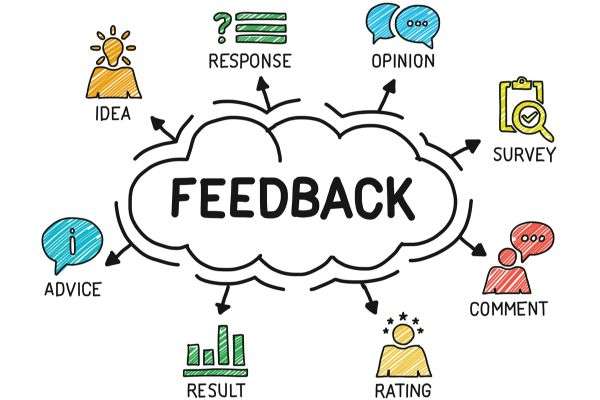MAXIMING LEARNING
Maximizing learning
Where Do They Come From?
Most classroom management problems typically result from one of the following 3 causes:
- Things we don't yet do, or yet do very well (that would improve things).
- Things we do, that we need to stop doing (because they are limiting our success or in some cases actually making things worse).
- Ineffective ways in which we think about classroom management and/or students generally (the misconceptions, attitudes and mindsets that hinder the success of our management, and/or make us miserable). Analyzing causes of motivational problems Teachers' internal motivations to teach, on the other hand, are influenced by elements that shape the settings for teaching and learning. Teachers' self-perceptions of their linguistic ego, their identity as foreign language teachers, and their attitudes toward the language they teach all influence what happens in the classroom. When conducting interviews in Medellin (Colombia), the researchers discovered that the majority of the teachers in the study had a low sense of their linguistic identity and a poor impression of themselves as English teachers. The majority of the teachers interviewed did not believe they had had appropriate linguistic or pedagogical training to perform as English teachers. Despite having taken English courses, they felt their English skills were still poor, therefore they could not do the job. To be more precise, they also admitted that they had obtained a basic general training in teaching languages, but they had insufficient understanding about teaching foreign languages. When teachers felt that one or more of their language skills were weak, they frequently avoided teaching it. For example, if teachers believed their pronunciation was deficient, they avoided teaching it directly or reduced the amount of time they spent teaching it. However, most of the time, they resorted to other means, such as technology, mass media, or external school aids, to compensate for their own weaknesses and ensure that their kids received sufficient input in the skills they lack.
- Teaching bilingual students with special needs English as a Second Language (ESL), bilingual education, and normal classroom teachers are all poorly prepared to cope with English Language Learners (ELLs) with special needs in general. The topic of special needs and English Language Learners is a complex and difficult one to address. It covers all aspects of special education for children with disabilities, including legal, psychological, and parental participation difficulties, as well as the engagement of general education classroom teachers. These concerns are connected with those of the English Language Learner, such as the child's or parent's limited English proficiency, cultural issues, language learning issues, and general education's ability to appropriately fulfill the requirements of ELL children. According to the findings, teachers require more specific training in order to work with these learners more effectively
Mediation and conflict resolution
According to pair work is a way of increasing students’ participation, the amount of students’ practice, and language use as a whole. He says that: “It can be used for an enormous number of activities whether speaking, writing or reading”2 . Pair work allows the students to use language and also encourages student cooperation which is itself important for the atmosphere of the class and for the motivation it gives to learning with others to prevent discipline problems working with children or teenagers, Harmer suggests the teacher to remain at the front of the class to watch over the group as a whole and provide feedback at the end to see how successful the task was. According to my experience, discipline can be also managed when a teacher walks around a classroom helping individual pairs without concentrating on one pair for too long. Harmer further suggests If the noise rises to excessive levels then the teacher can simply stop the activity, explain the problem and ask the students to continue more quietly Based on my experience, headphone system when used effectively can be very helpful to keep the level of the noise down as learners enjoy using it and make effort to speak quietly to the microphone in order to be allowed to continue this activity by the teacher. To make sure everyone is working on their task a teacher can use the intercom to hear individual pairs in his headphones and talk to them
Feedback and improvement of the learning process
Feedback is any response regarding a student’s performance or behavior. It can be verbal, written or gestural. The purpose of feedback in the assessment and learning process is to improve a student’s performance - not put a damper on it. It is essential that the process of providing feedback is a positive, or at least a neutral, learning experience for the student. Negative feedback can discourage student effort and achievement. Instructors have the distinct responsibility to nurture a student’s learning and to provide feedback in such a manner that the student does not leave the classroom feeling defeated.Providing feedback means giving students an explanation of what they are doing correctly AND incorrectly, with the focus of the feedback on what the students is doing right. It is most productive to a student’s learning when they are provided with an explanation as to what is accurate and inaccurate about their work. One technique is to use the concept of a “feedback sandwich” to guide your feedback: Compliment, Correct, Compliment.
When student feedback is given immediately after showing proof of learning, the student responds and remembers the experience about what is being learned more positively. If we wait too long to give feedback, the student might not connect the feedback with the learning moment.
/banner/tc-the-risers-teacher-resources-5-ways-to-create-a-conducive-learning-environment-for-students-banner-400x200.jpg)





Comments
Post a Comment